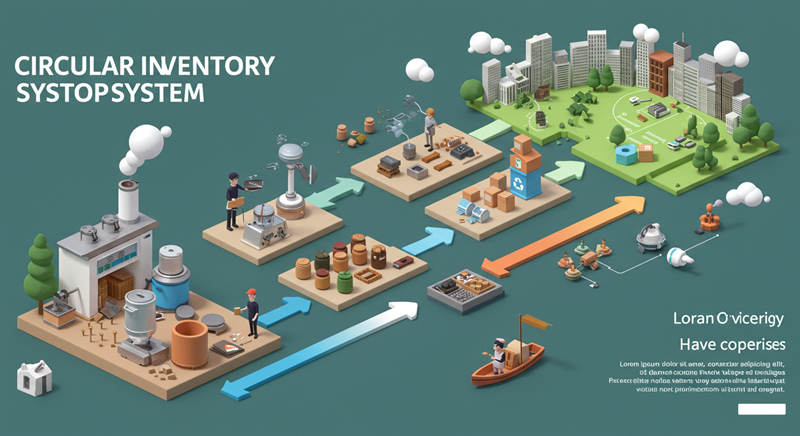How to Write Practical Guides that Solve Your Customers' Problems
In the world of marketing and content strategies, one of the most effective ways to attract and retain customers is by offering practical solutions to their problems. A practical guide is a valuable resource that can help your customers overcome obstacles and achieve their goals. In this article, I will show you how to write practical guides that solve your customers' problems and give you a competitive advantage in the market.

Understanding your customers
Before you start writing a practical guide, it is essential to understand your customers and their needs. You need to know what problems they face and what type of solutions they are looking for. You can do this by:
- Market research: Conduct surveys, interviews, and data analysis to better understand your customers.
- Reviewing comments and reviews: Read your customers' comments and reviews to identify patterns and common problems.
- Interacting with your customers: Talk to your customers directly to understand their needs and concerns.
Defining the purpose of the guide
Once you have understood your customers, you need to define the purpose of the guide. What specific problem are you going to solve? What goals will you help your customers achieve? Some questions you should ask yourself are:
- What do my customers need to know to solve their problem?
- What type of information will be most useful to them?
- What format will be most effective for presenting the information?
Structuring the guide
A practical guide should be easy to follow and understand. You need to structure it logically and clearly, with sections and subsections that guide the reader through the problem-solving process. Some suggestions for structuring the guide are:
- Introduction: Present the problem and explain why it is important to solve it.
- Diagnosis: Help the reader identify the problem and understand its causes.
- Solution: Present the solution step by step, with examples and practical tips.
- Implementation: Help the reader implement the solution and overcome obstacles.
- Conclusion: Summarize the key points and offer additional resources for continued learning.
Writing clear and concise content
The content of the guide should be clear, concise, and easy to understand. You should avoid using technical jargon and complex terms that may confuse the reader. Some suggestions for writing clear and concise content are:
- Use simple and direct language.
- Avoid using long and complex sentences.
- Use examples and case studies to illustrate concepts.
- Include images and graphics to help understand the information.
Reviewing and editing the guide
Once you have written the guide, you need to review and edit it to ensure that it is clear, concise, and effective. Some suggestions for reviewing and editing the guide are:
- Read the guide aloud to detect errors and ambiguities.
- Seek feedback from other experts in the field.
- Review the guide to ensure that it is up-to-date and relevant.
- Final editing: Check spelling, grammar, and punctuation.
Writing practical guides that solve your customers' problems is an effective way to attract and retain customers. By understanding your customers, defining the purpose of the guide, structuring it logically, writing clear and concise content, and reviewing and editing the guide, you can create a valuable resource that gives you a competitive advantage in the market. Remember that the key to writing an effective practical guide is understanding your customers and offering practical solutions to their problems.





